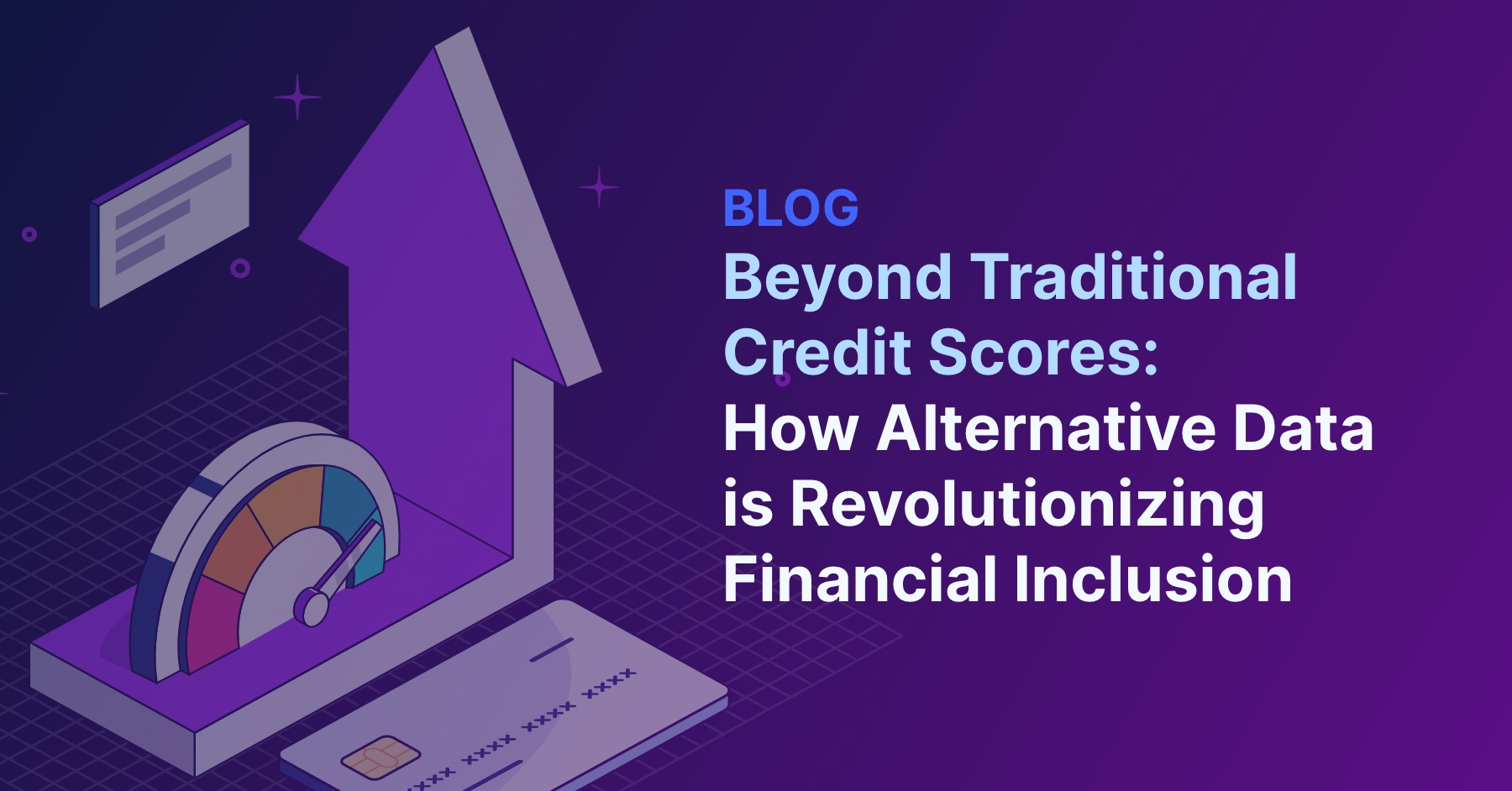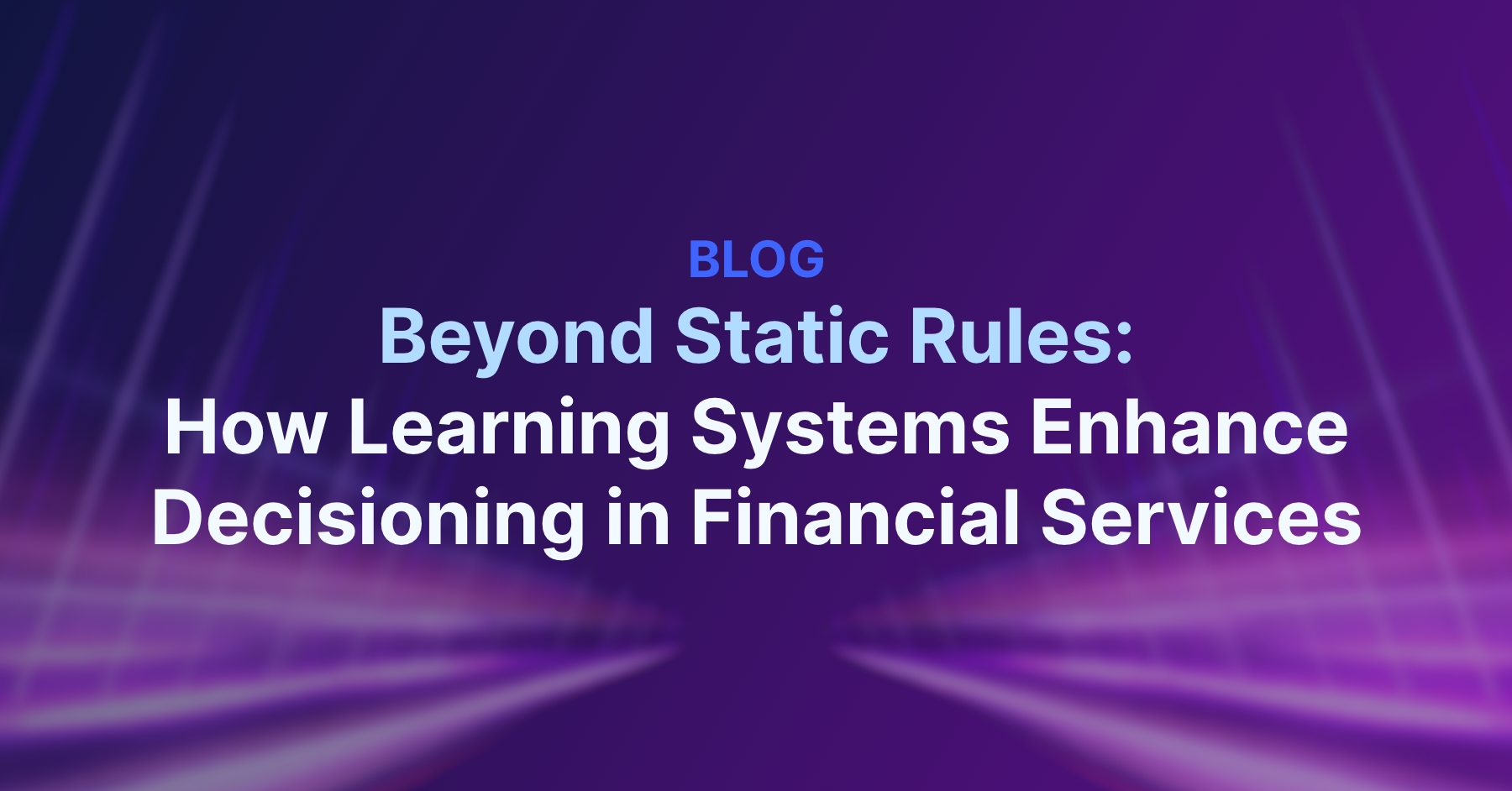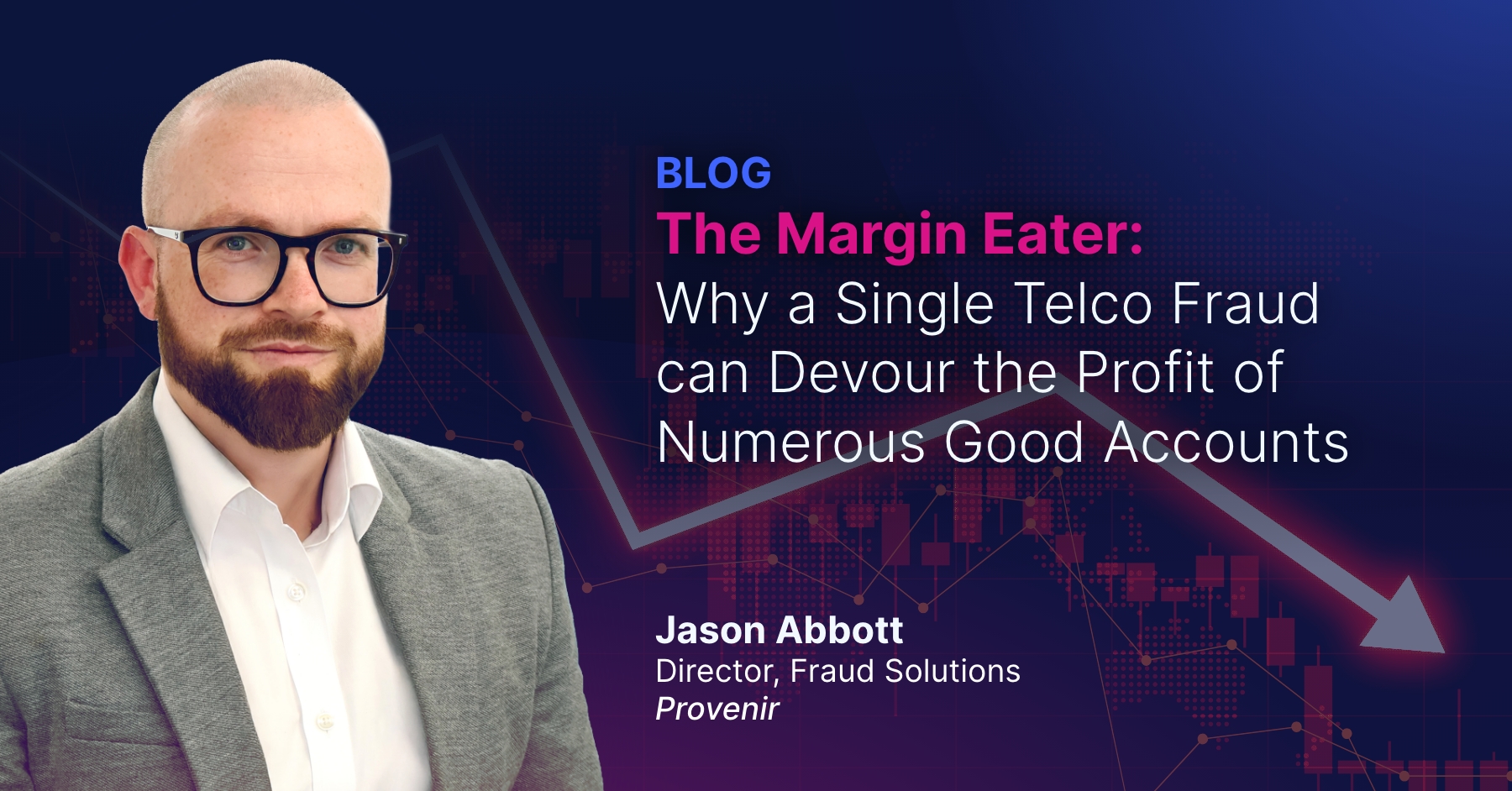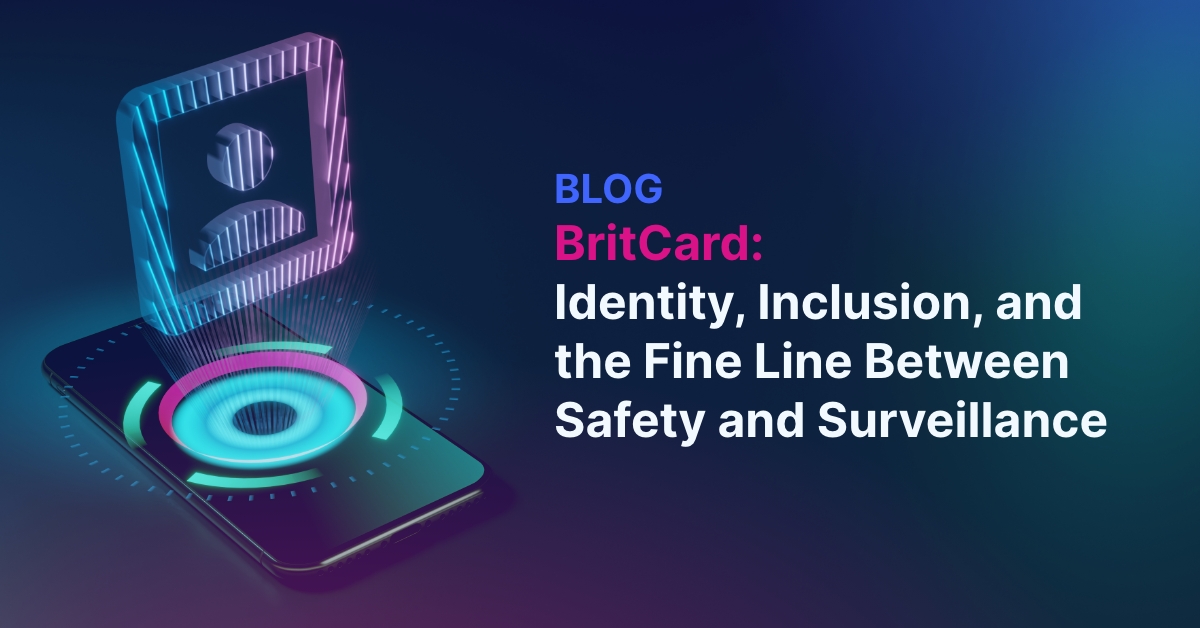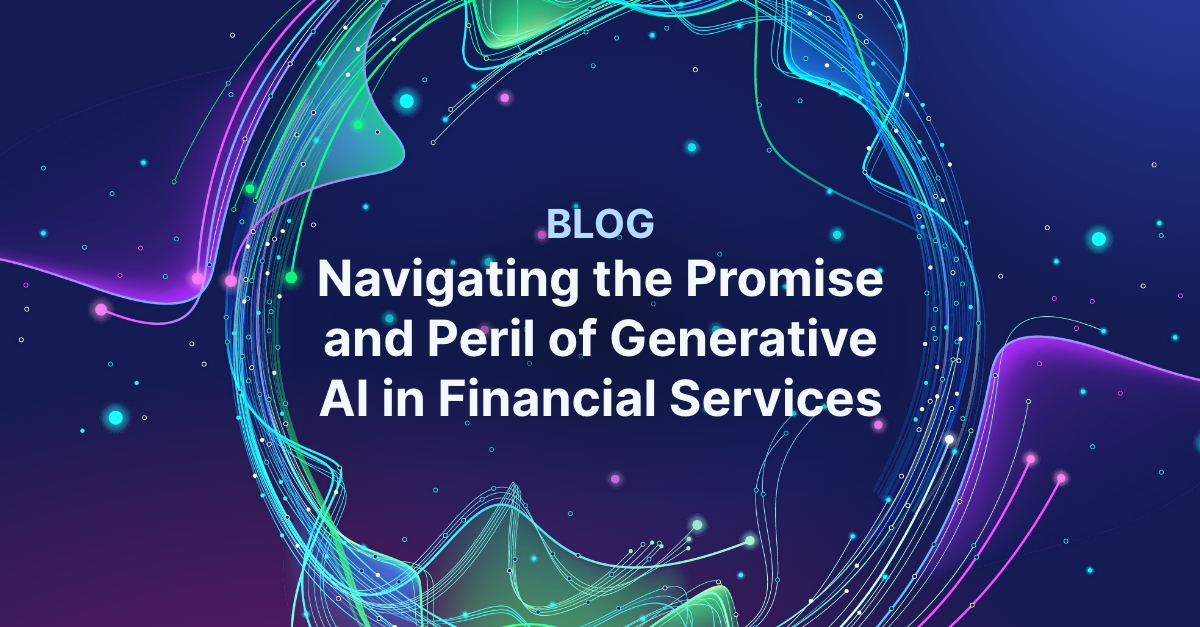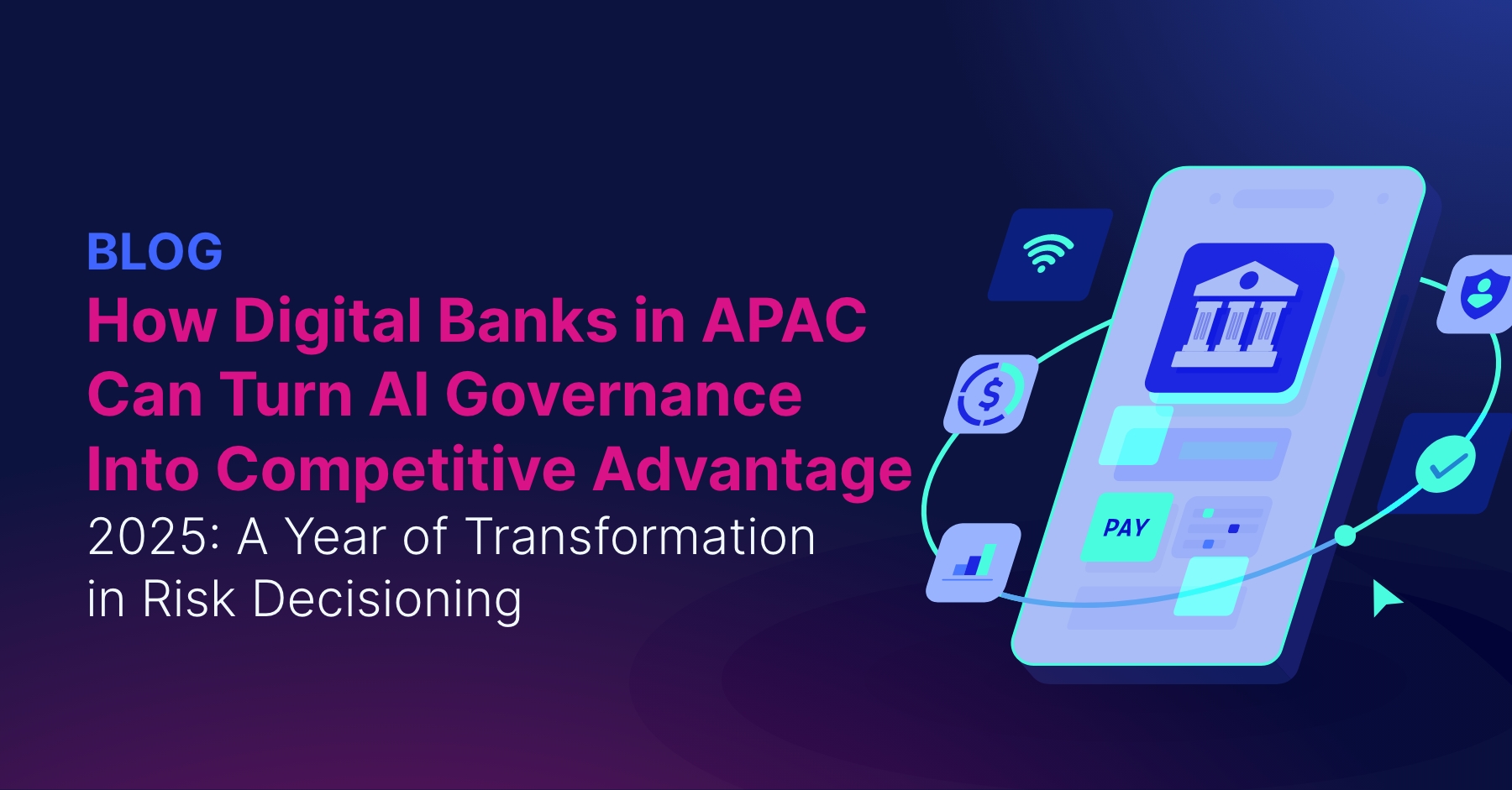Beyond Traditional Credit Scores:
How Alternative Data is Revolutionizing Financial Inclusion

The Hidden Market of the Credit Invisible
Nearly 26 million Americans are “credit invisible”, they have no credit history with nationwide credit reporting agencies. Globally, that number swells to over 1.7 billion adults who remain unbanked or underbanked. These aren’t necessarily high-risk borrowers; they’re simply invisible to traditional scoring methods that rely heavily on credit bureau data.
This represents both a massive untapped market and a profound opportunity for financial inclusion. The challenge lies in assessing creditworthiness without traditional markers and this is precisely where alternative data shines.
The AI Advantage in Alternative Underwriting
Cash flow underwriting that analyzes real-time income and spending patterns, including:
- Telco and utility payment histories demonstrating consistent payment behavior
- Gig economy income flows that traditional employment verification might miss
- Open banking transaction data providing comprehensive financial activity insights
Behavioral and psychometric data
Social network analysis
The Real-World Impact
15-54%
60%
Inclusion
The Data Integration Challenge
Successfully implementing alternative data underwriting requires intelligent synthesis across multiple data sources. The most effective approaches combine traditional bureau data (when available) with alternative sources to create comprehensive risk profiles.
AI excels at this integration challenge. Unlike rules-based systems that struggle with data inconsistencies, machine learning models can weight different data sources dynamically based on their predictive value for specific customer segments. A recent graduate with limited credit history featuring strong educational credentials and consistent digital payment patterns might receive favorable consideration that traditional scoring would miss.
Emerging Markets: The Ultimate Testing Ground
- Mobile money transaction patterns indicating cash flow stability
- Agricultural data for farmers seeking seasonal credit
- Educational completion rates and professional certifications
- Social community involvement and local reputation indicators
Regulatory Considerations and Ethical AI
Transparent model governance
Bias monitoring
Data privacy compliance
Continuous model validation
The Strategic Implementation Path
- Start with data partnerships that provide reliable, compliant alternative data sources
- Pilot with specific segments where traditional scoring shows limitations
- Implement robust model governance from day one to ensure regulatory compliance
- Scale gradually while monitoring outcomes across customer cohorts
- Continuously refine data sources and model performance based on results
Looking Forward: The Future of Inclusive Lending
Alternative data underwriting represents a fundamental shift toward more inclusive, accurate risk assessment. As AI capabilities continue advancing and data sources become richer, we can expect even more sophisticated approaches that combine traditional and alternative data streams seamlessly.
The institutions that master this integration will expand their addressable markets while creating competitive advantages in customer acquisition, risk management, and regulatory compliance. More importantly, they’ll contribute to a more inclusive financial system that serves previously underserved populations effectively.
The future of lending augments traditional methods with AI-powered insights that reveal creditworthiness in all its forms. For the millions of credit-invisible consumers worldwide, that future can’t arrive soon enough.
Where Are You on Your AI Journey?
Take the AI Readiness Quiz
